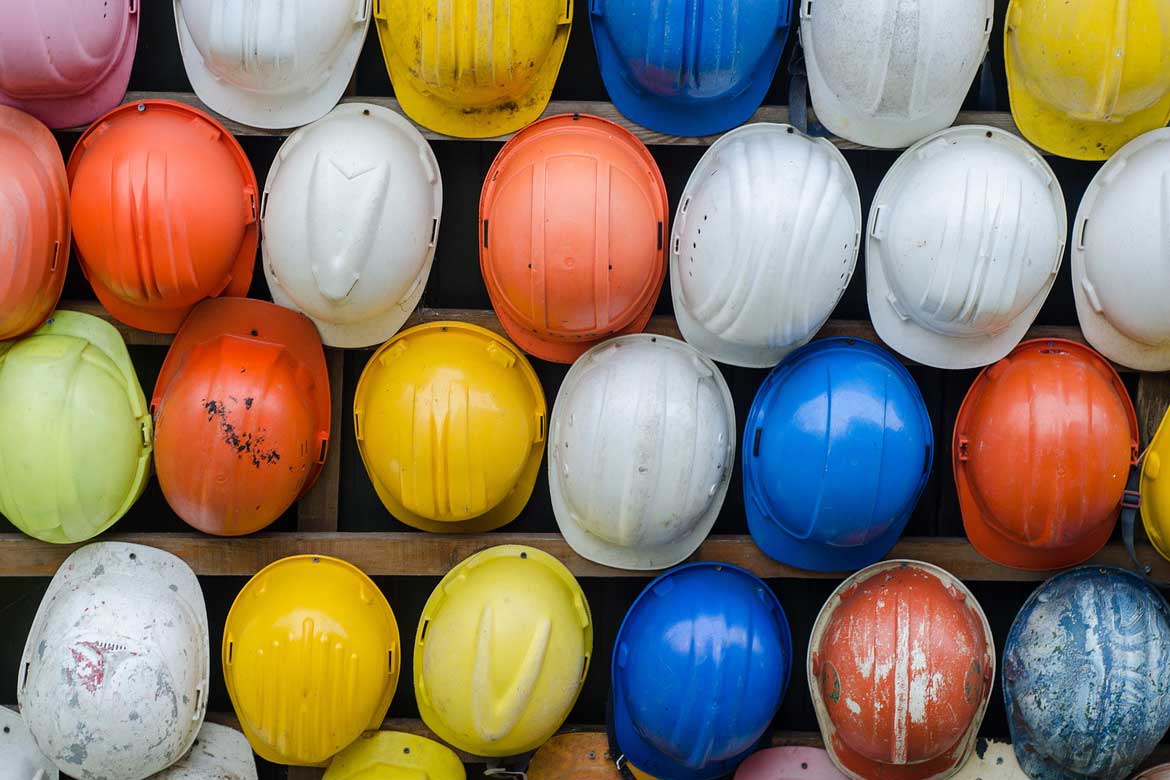red safety helmet supplier
The Importance of Red Safety Helmets and Choosing the Right Supplier
In the construction and industrial sectors, safety should always be the top priority. One of the most vital pieces of personal protective equipment (PPE) that workers can wear is a safety helmet. Among the various colors available, red safety helmets stand out for their significance and practical considerations. This article aims to explore the importance of red safety helmets, the regulations surrounding them, and the criteria for selecting a reputable supplier.
Why Choose Red Safety Helmets?
The color of a safety helmet is not simply a matter of aesthetics; it plays a crucial role in workplace safety. Red safety helmets are often used to signify particular roles or hazards on a construction site. For instance, they might indicate the presence of supervisors, safety officers, or individuals responsible for emergency procedures. This immediate visual cue helps in quickly identifying key personnel, thus enhancing communication and safety protocols in high-risk environments.
Moreover, the color red is universally associated with warning and alerts. Individuals wearing red helmets are often seen as authority figures who ensure that safety measures are being followed, thus acting as a deterrent against unsafe practices.
Safety Regulations and Standards
Before investing in safety helmets, it’s essential to understand the various safety regulations and standards pertaining to head protection. Different countries have specific guidelines that manufacturers must adhere to when producing safety helmets. In the United States, for example, the American National Standards Institute (ANSI) outlines requirements under the ANSI/ISEA Z89.1 standard. This standard specifies performance requirements for head protection, including impact resistance, electrical insulation, and ventilation.
In Europe, the EN 397 standard defines the necessary characteristics for safety helmets used in industrial environments. These regulations ensure that helmets are made from durable materials and tested for various conditions, including impact, penetration, and extreme temperatures.
Selecting the Right Supplier
red safety helmet supplier

Choosing the right supplier for red safety helmets is vital in ensuring the safety and well-being of your workforce. Here are some factors to consider
1. Certification and Compliance Ensure that the supplier’s products comply with relevant safety standards. Look for certifications that demonstrate their commitment to quality and safety regulations.
2. Reputation and Experience Investigate the supplier’s reputation within the industry. Suppliers with a long history of providing high-quality PPE are often more reliable. Customer reviews and testimonials can provide insight into their service level and product quality.
3. Diversity of Products A good supplier should offer a variety of safety helmets to meet different needs. This includes options for different occupations, environments, and conditions. Look for features such as adjustable sizing, ventilation, and options for visors or ear protection.
4. Customer Support and Services Reliable customer support is essential when selecting a supplier. They should be able to assist you in choosing the right products for your specific requirements and provide after-sales support for any issues that arise.
5. Pricing and Bulk Orders While cost is a significant factor, it should not be the only consideration. Ensure that you are getting value for your investment, and inquire about discounts for bulk orders, especially if you are outfitting an entire team.
6. Sustainability With growing concerns about environmental impact, consider suppliers that use sustainable materials and practices in their manufacturing processes. This not only helps the planet but can also enhance your company’s reputation.
Conclusion
Red safety helmets are an essential tool for ensuring safety in various work environments. By understanding their significance and rigorously selecting a dependable supplier, organizations can effectively safeguard their workforce. Prioritizing quality and compliance with safety standards will not only protect employees but also enhance overall operational efficiency. In the world of construction and industry, where risk is inherent, investing in the right safety equipment is not just an option; it’s a necessity.
-
Top HDPE Safety Helmets - Lightweight, Durable Head Protection
NewsAug.01,2025
-
Top AI Safety Clothing with GPT-4 Turbo | Smart Protection
NewsJul.31,2025
-
Face Shield Safety Helmet with GPT-4 Turbo AI Safety
NewsJul.31,2025
-
CE Working Clothing for Construction & Welding Safety
NewsJul.30,2025
-
Premium Safety Helmet with Visor for Construction & Industrial Use
NewsJul.29,2025
-
High-Quality CE Working Clothing for Safety and Construction
NewsJul.29,2025
